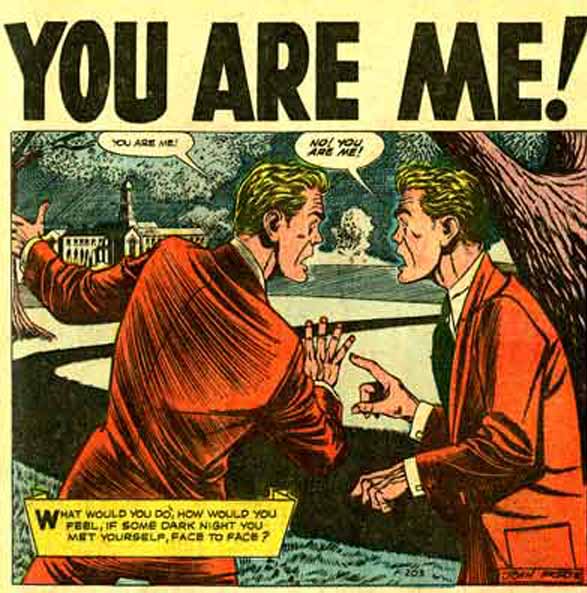The anima or animus is a part of the psyche that is unconscious like the shadow. Unlike the shadow, which contains a series of archetypes denied that affect your behavior by erupting or projecting, the animus or anima is an image. The anima can be described as the (traditionally) feminine part of the male psyche. The animus is the (traditionally) masculine part of the female psyche. The anima is composed of the feminine qualities that men tend not to use or express a lot; for women, this is the same in reverse.
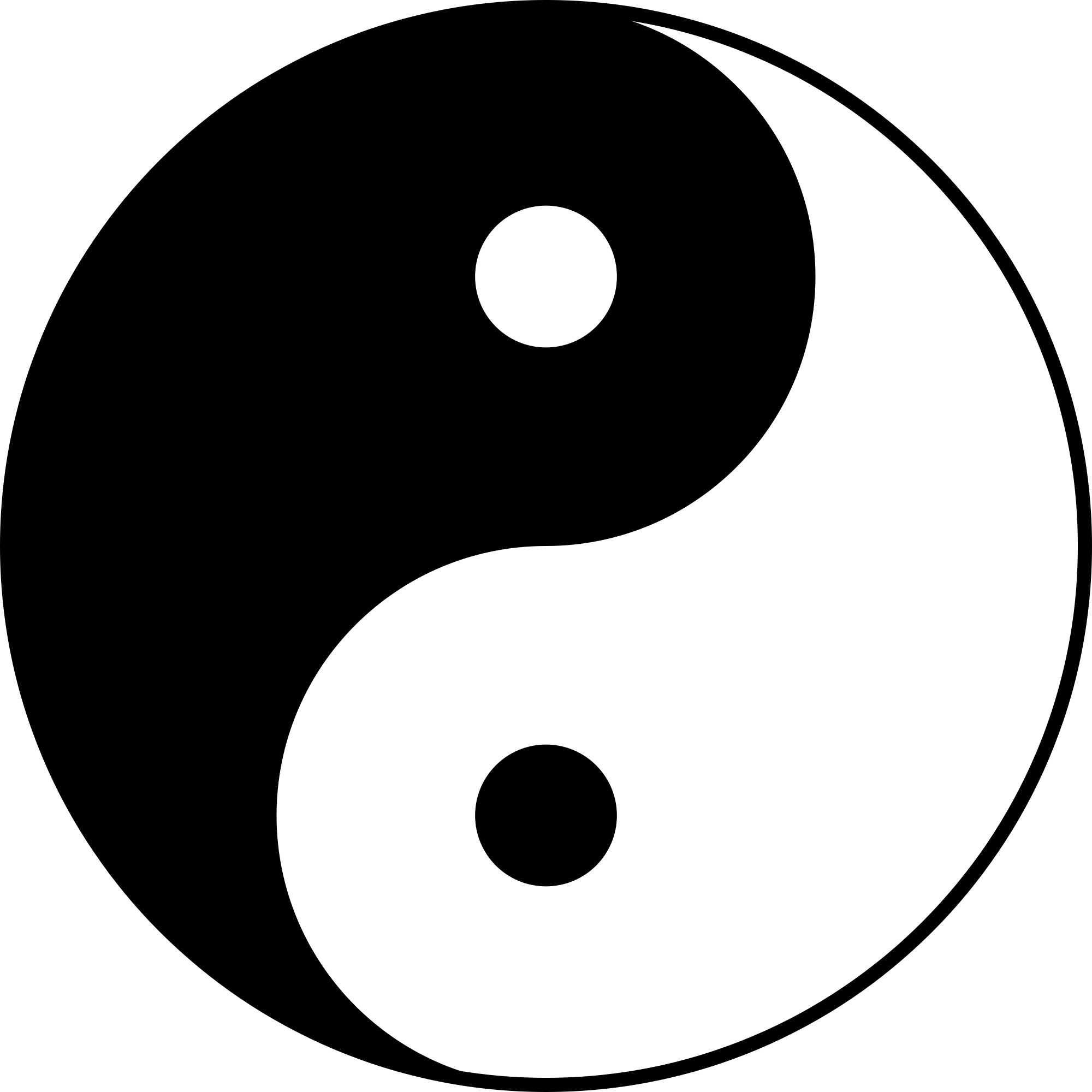
The famous Chinese yin/yang sign is a good example. The two side represent male and female. They narrow from wide to a single point to show that there is a wide range of how much male or female energy one has access to. But they each have a dot of the other inside
Whereas the shadow is highly individual, the anima or animus is biological and thus more universal. The animus or anima gets projected outward onto persons of the (usually) opposite sex but is closely related to who we choose as romantic partners. Whereas the shadow gets projected out as hate, the animus or anima gets projected out as love. The roles in romantic relationships are often projections of the traditional qualities associated with the opposite sex. A man may see a woman as seductress or saint. 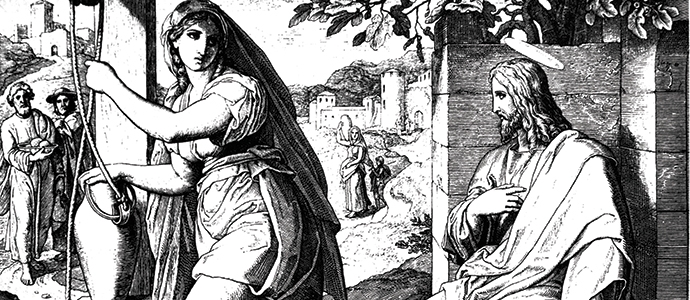
A woman may see her male lover as a hero or little boy. 
These may be precisely the roles that their inner opposites (anima and animus) would play for the individual. But because they are not lived out, they are projected outward.


 At that time in the therapy session, Jung noticed an insect banging against the window. When he opened the window, Jung found it was a green beetle. He presented it to the woman and said, “There is your green beetle.” It was a way for her psyche to let her know that there were things going on that could not be explained by her rational side.
At that time in the therapy session, Jung noticed an insect banging against the window. When he opened the window, Jung found it was a green beetle. He presented it to the woman and said, “There is your green beetle.” It was a way for her psyche to let her know that there were things going on that could not be explained by her rational side.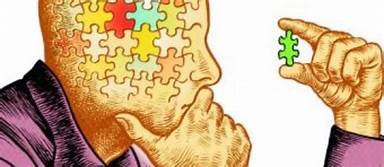
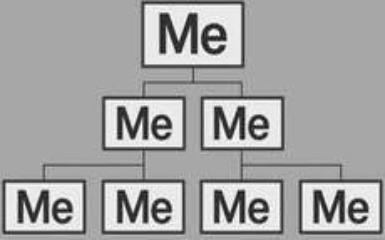 Individuation demands incorporating parts of your psyche you don’t want to admit are there: the shadow. Also, knowing the archetypes that you are living out teaches you about your individuality and thus helps you individuate. As John Beebe says in the intro to The Essential Jung, “although human psyches, like human bodies, share a basic structure, the individual psyche is ‘an endlessly varied recombination of age-old components’.” Learning your specific recombination is individuation.
Individuation demands incorporating parts of your psyche you don’t want to admit are there: the shadow. Also, knowing the archetypes that you are living out teaches you about your individuality and thus helps you individuate. As John Beebe says in the intro to The Essential Jung, “although human psyches, like human bodies, share a basic structure, the individual psyche is ‘an endlessly varied recombination of age-old components’.” Learning your specific recombination is individuation. 



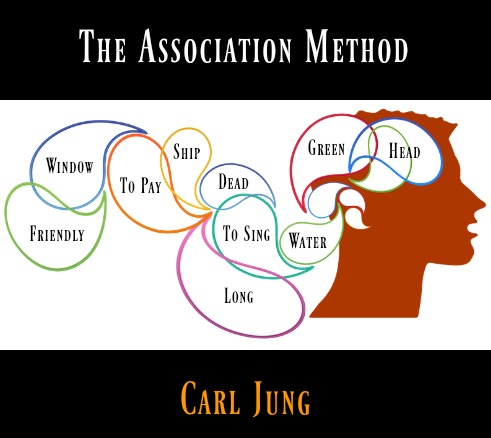 The things that were not related to the word would have come from some unconscious place. So, for example, the association of “white-black black-father” would indicate perhaps that there was something worth exploring in the person’s relationship with their father because “father” is not a common association with the word “black.” These instances of using the wrong word or a word that is not usually associated with whatever one is talking about have come to be called “Freudian slips.” I call them “Jungian slips.”
The things that were not related to the word would have come from some unconscious place. So, for example, the association of “white-black black-father” would indicate perhaps that there was something worth exploring in the person’s relationship with their father because “father” is not a common association with the word “black.” These instances of using the wrong word or a word that is not usually associated with whatever one is talking about have come to be called “Freudian slips.” I call them “Jungian slips.” 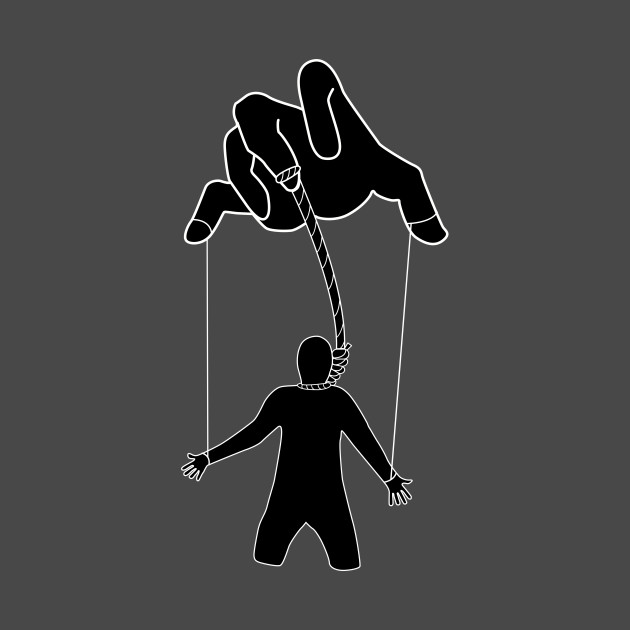 But by amplifying the images in our dreams and imagination and words, we can “figure out” what is going on psychically in our lives.
But by amplifying the images in our dreams and imagination and words, we can “figure out” what is going on psychically in our lives.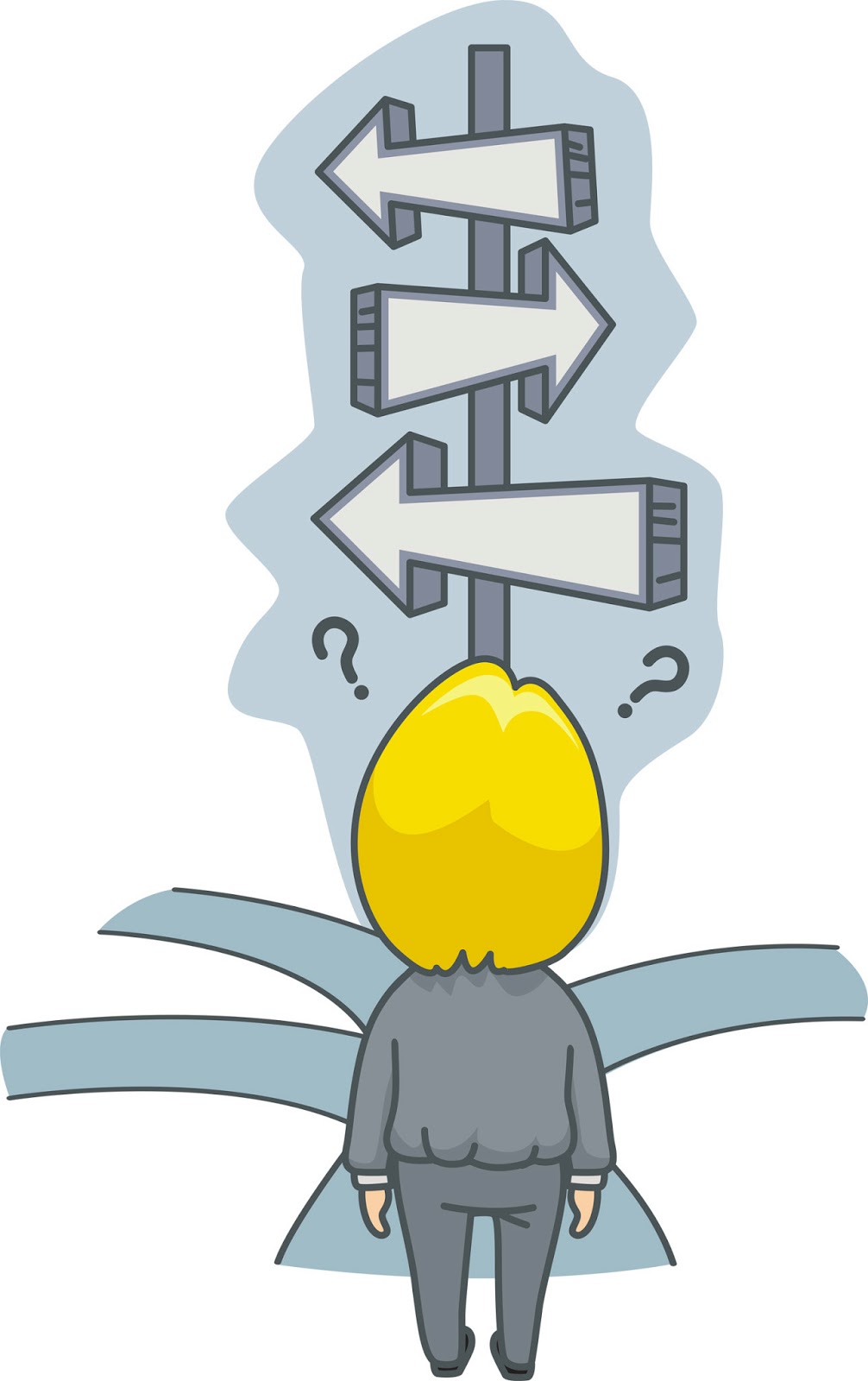

 like the rabbit in Alice in Wonderland. Are you worried about being late to a specific appointment that week? Or late to doing something to save your marriage? Or late to writing that Great American Novel you were always planning to write?
like the rabbit in Alice in Wonderland. Are you worried about being late to a specific appointment that week? Or late to doing something to save your marriage? Or late to writing that Great American Novel you were always planning to write?  By starting with a seemingly trivial image from your daily life, amplification can help you learn what the psyche/soul is really worried about.
By starting with a seemingly trivial image from your daily life, amplification can help you learn what the psyche/soul is really worried about. onto other people or eruption into your behavior.
onto other people or eruption into your behavior. 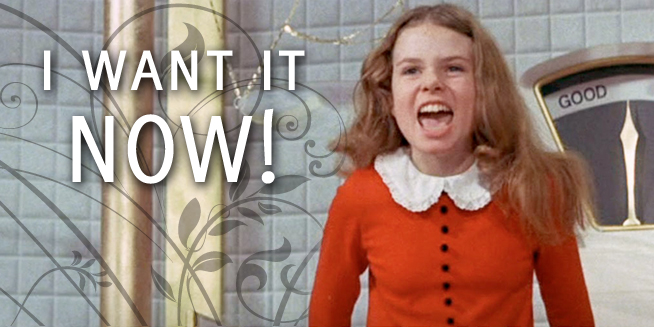 These can be dangerous, but are not necessarily so, which is why I hesitate to label the shadow negative as is common today.
These can be dangerous, but are not necessarily so, which is why I hesitate to label the shadow negative as is common today. We will see later how those patterns live out.
We will see later how those patterns live out.  and “I know you are but what am I?” So, in the previous example, the senator denying his own homosexuality projected out onto other gays that they were “bad.” A politician who does not feel secure in his ability to lead, will accuse anyone who says he may not be a good leader of being “a traitor.” They have, in fact, merely voiced his own inner insecurity.
and “I know you are but what am I?” So, in the previous example, the senator denying his own homosexuality projected out onto other gays that they were “bad.” A politician who does not feel secure in his ability to lead, will accuse anyone who says he may not be a good leader of being “a traitor.” They have, in fact, merely voiced his own inner insecurity. 